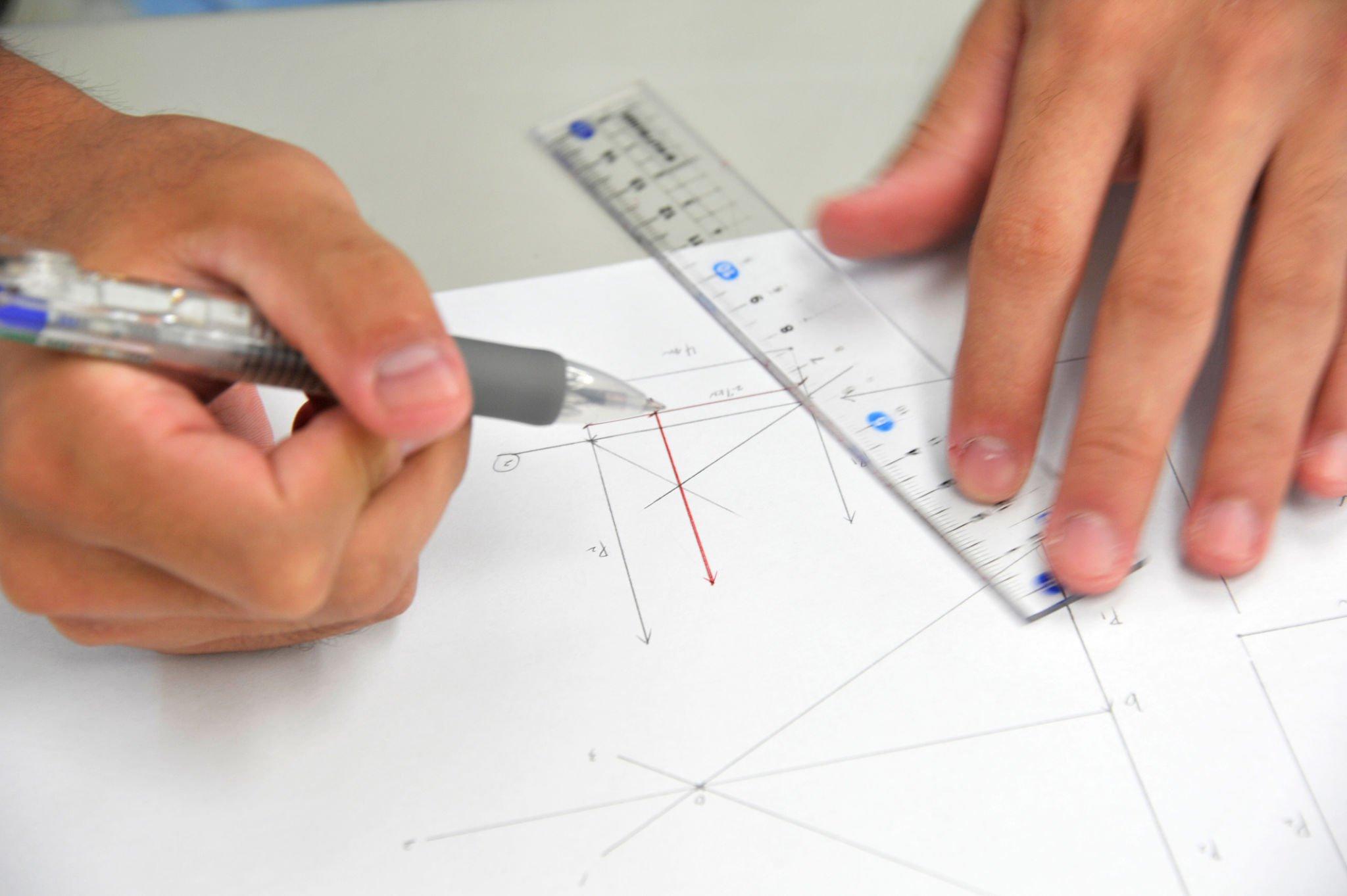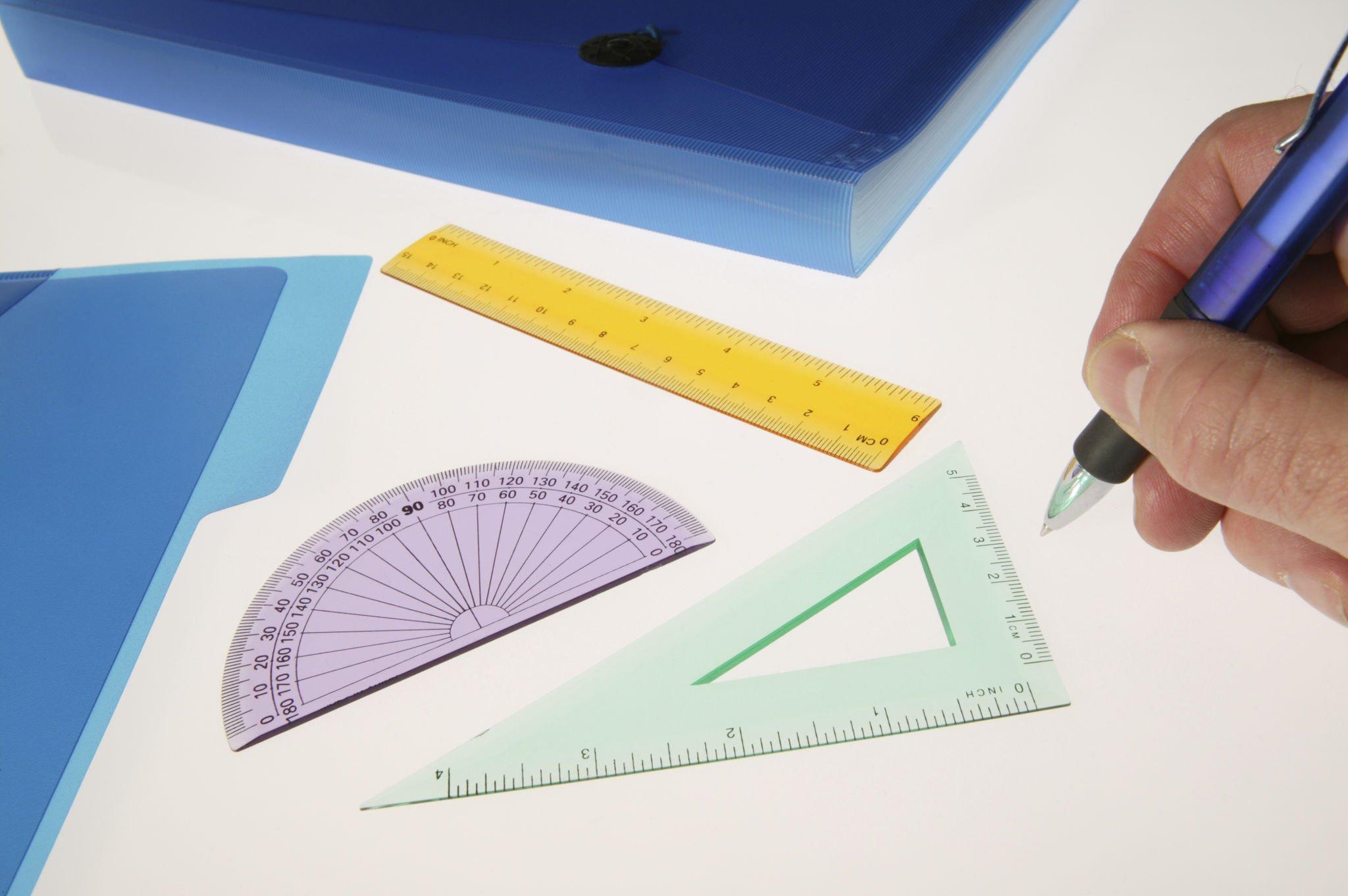Every year lakhs of students prepare to appear for JEE Mains and JEE Advanced. It’s the Joint Entrance Exam held for admission to all engineering colleges in India. Getting a high score in JEE is vitally important to aspiring engineering students. This is because admissions into top-level colleges like IITs and NITs require students to score incredibly high because the competition is fierce.
Here, we’ll help you with tips and guidelines on how to crack JEE and get the best scores possible, so that you get into the IIT that you want. In this particular article, we’ll be giving information about the subject of JEE Trigonometry and how to best prepare for it. Trigonometry is one of the easiest and most scoring subjects in JEE Maths. At the basics, and this is very very important, you should learn and understand all the concepts and remember all the formulas by heart.

Preparing JEE Mains Trigonometry
We’ll be discussing tips and tricks for getting better and scoring higher at Trigonometry for JEE Maths. This is to help you, the candidate better prepare yourself for solving any and all questions of Trigonometry that might be asked in JEE and to have a good understanding of the concepts of the topic.
First, let’s try and analyze how important is Trigonometry for JEE, which includes both Mains and Advanced. However, reviewing previous year’s papers we find that there are not that many questions asked in the papers for Trigonometry in JEE Maths. Hardly 1 or 2 questions appear in JEE Main Trigonometry in JEE Maths.
Then why is so much importance given to studying and learning Trigonometry? Why do teachers and professors focus so much on studying this chapter thoroughly? The reason is simple. While, only 1-2 questions are asked about Trigonometry, Trigonometry as a concept is widely applicable in other topics of JEE maths.
You’ll often find yourself coming back to Trig formulas to solve other JEE Maths questions. Its application is not just limited to JEE maths. It’s also used to solve problems in JEE Physics. This is the reason Trigonometry is given so much value and importance in the preparation for JEE Mains and Advanced. The chapter of Trig might seem a bit tedious and boring, but trust me, stick with it. It’s really interesting.
Reference Books for JEE Mains Trigonometry
As we discussed above, the subject acts as a very important on the basis of which a lot of questions relating to JEE Math are asked. So, with the help of some expert opinions, I’ve compiled a list of important reference books which have been found very useful and effective in studying JEE Mains Trigonometry. Let’s take a look at the list.
- Plane Trigonometry – by the author S.L. Money
- Trigonometry(Cengage series) – by author G. Tewani
- Trigonometry by M.L. Khanna ( very important for practicing, has tons of questions)
- Arihant Publications Trigonometry – by author Amit M. Agrawal
You can even opt to study R.D. Sharma as every student has used it for reference since school times. It has concepts explained clearly, lots of solved examples, and plenty of questions for you to solve and practice. You can also take the help of JEE Main answer key while preparing.
However, Plane Trigonometry by author S.L. Money is a must for every JEE aspirant. It covers all aspects of Trigonometry in detail and teaches complex concepts in an easily understandable manner. Apart from this, there are a lot of important formulas that are given in the book which will make it easier for you to solve any Trigonometry question, once you memorize them. Let me give you an example from the book.

Solved Example
tan(a + b + c + …) = (S1 – S3 + S5…) / (1 – S2 + S4…) where Sn is the sum of all possible products of separate tangents (products in n) taken at the time. For example, S1 is tan(a) + tan(b) +… and so on for Sn.
Using this info, we can very easily calculate values of tan(2x) or any tan(nx) just by taking a = b = c = …
Solving this problem manually would probably have taken a lot of time, but using the formulas is can be done in a span of seconds. There are a lot of similar formulas and information in the book which you can benefit from while studying for JEE Mains Trigonometry.
Steps in Studying Trigonometry
Studying Trigonometry for JEE can be classified into two categories:
- Learning important Trigonometry formulas and memorizing them by heart.
- Practicing, and solving more and more Trigonometry questions using the formulas to get better at it.
By using the above two techniques, you will ensure complete mastery of the subject. You will be able to handle any problem thrown in front of you.
Methods of Studying Trigonometry
So, how do you apply the given steps to your actual work? You can break down the chapter into separate parts according to your convenience. For e.g. you can break the chapter down into parts where each part will consist of 4-5 formulae and their applications.
You should also solve at least a few dozen problems from each of these sections. Studying them separately will give you a better understanding and comprehension of the subject.
When studying these sections, you should understand and go over the theory of each topic, as many times as it takes for you to understand them. Never try to learn formulas by cramming them. Instead, take as much time as you need to understand them, solve some examples,s and then do regular revisions to remember them. If you cram today you’ll remember for 2 days but then forget afterward.

Application of Formulas
So far, in this blog, we have discussed how to understand and remember formulas of Trigonometry. How do use these formulas and apply them to solve problems? For this, you’ll have to understand how to know which formula to use in which question and the most effective way to do it. Once you understand this, you can solve any Trig based questions swiftly and accurately.
The only way you can get better at this is to practice as much as possible. I would advise, you to use M.L. Khanna’s book to practice problems as his book has the most comprehensive and exhaustive collection of problems to practice from and contains questions of all difficulties.
You can also go over the JEE Main answer keys of the previous years as you will get a good idea of the kind of questions relating to Trigonometry that will appear in the papers. Studying JEE’s main answer key is vitally important in understanding the paper pattern and the types of questions asked.
In conclusion, I would like to say that Trigonometry is a fairly easy subject that can score you many easy marks easily, with some serious practice and revision. It has some serious scoring potential. Practice as much as you can and best of luck with your JEE Mains and Advanced.
